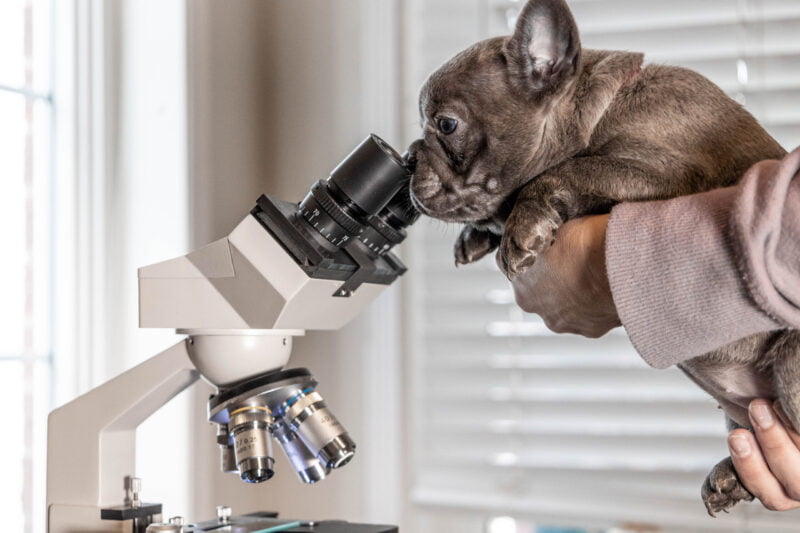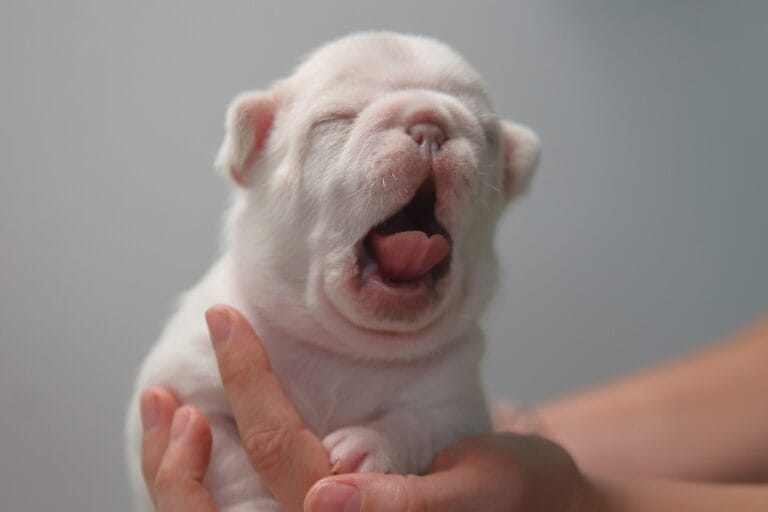There are many factors that go into deciding on the best French Bulldog stud for your breeding. Not every breeding requires a monumental stud fee, but there are some instances where you should never compromise, such as health.
Health Screening on a French Bulldog
With the rise of genetic testing, we have greatly improved our ability to predict diseases and more importantly, prevent them from developing. The vast majority of French Bulldogs are screened for and carry CDDY & CDPA which is associated with the short-legged characteristic found in the breed. This is found to come with an increased risk of intervertebral disc disease (IVDD). There is some dispute over this in the Frenchie community that these markers are always present in a structurally correct Frenchie and we don’t believe the research is strong enough to support excluding any breeding based on these markers.
Cystinuria Type 3 (Better known as C3), is an inherited disease affecting kidney functions that can lead to severe kidney stones that require surgery. This condition only appears in in-tact males with two copies of C3.
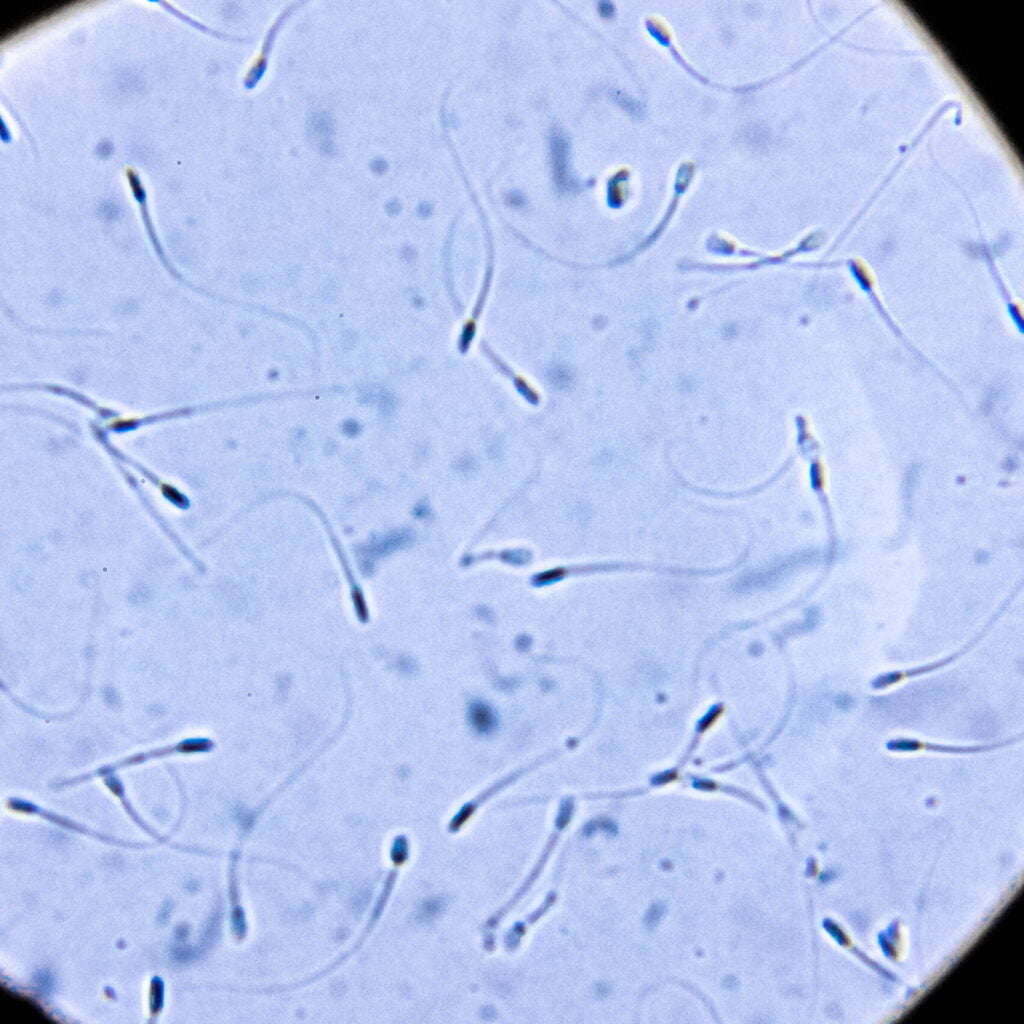
When is it safe to breed a dog with C3?
You can safely breed dogs with C3 provided all males will be fixed and not left intact for any reason. Should you be in a position where one dog is clear and the other dog isn’t, you can safely breed them. If you plan on keeping any males intact, they must carry no more than one copy and you will need to plan for future breedings, in the same way, avoiding an intact 2 copy male.
Is DM or Degenerative Myelopathy dangerous for French Bulldogs?
There is no research to support DM will harm this breed. This was originally thought to cause a fatal spinal cord degradation condition based upon inaccurate correlations. The lead researchers that authored the study leading to this misconception have released a statement urging you not to use DM as consideration for breeding. See that here.
Other Recessive Health Markers
Hyperuricosuria (HUU) and Juvenile Hereditary Cataract (JHC) are other recessive markers, similar to C3 in that complications can appear when two copies are present. When breeding you must avoid pairing dogs that both carry these genes as it can lead to the offspring carrying both recessive genes.
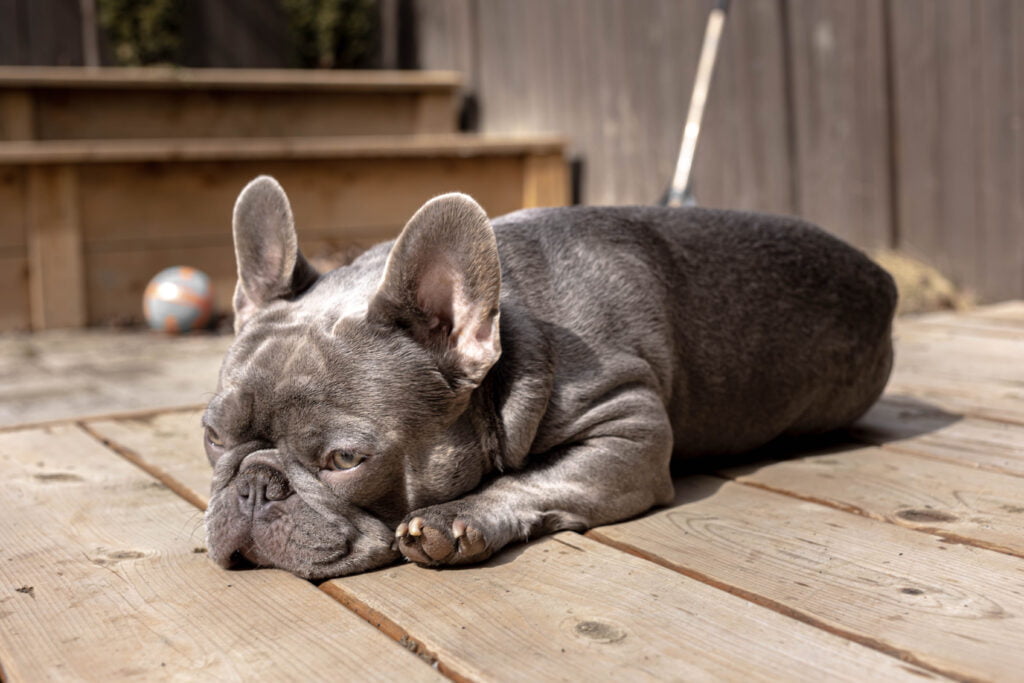
Size & Structure
You will find no shortage of information and criticism of what constitutes a proper Frenchie. At the end of the day, it’s up to you to decide what’s important to your breeding program. For us, we prefer a Frenchie with a slight snout that allows them to breathe well and stays healthy. Some breeders disagree with us and believe a flat-faced Frenchie is more true to the breed. Similarly, you see French Bulldogs being marketed as “Micro-Studs.” We have concerns about health complications from continually trying to shrink the breed. It’s also worth noting that smaller dogs and animals, in general, will produce lower sperm counts on average, which may make a more average-sized French Bulldog a better choice. The aesthetics are for you to decide, but no matter what you choose, prepare to be judged unfairly by the Frenchie community!

French Bulldog Color / Patterns
This is often a huge consideration. If you’ve satisfied all the previous conditions, then you may want to focus on the look of your litter. French Bulldog colors can be predicted with pretty good accuracy and in some cases, you could know exactly what colors the puppies will be. You will need to know the DNA color markers of both dogs and you can run them through a DNA calculator, such as Breedstream to determine the results. Most people will instinctively think to pair a blue with a blue, lilac with a lilac, or seek out a certain color hoping that will be how the litter turns out. While in some cases that is true, in most cases, the rare color requires two copies. You can read more about that here. Platinum dogs can often be a great choice because they mirror the look of the other dog due to the fact they carry several recessive genes. They can also create complete pairings with a dog known to be a carrier of a specific color or trait.
Patterns are another decision that revolves around DNA. The genes involved are on the A-Locus and K-Locus. The A-Locus can predict Tan Points, Fawn, or a solid pattern. It works in conjunction and can be disrupted by the K-Locus, which can create a brindle. One copy of brindle will suppress the appearance of Fawn and change the appearance of Tan Points. There is an entire dominance hierarchy that you can use to determine how you can make the best stud choice in this area.
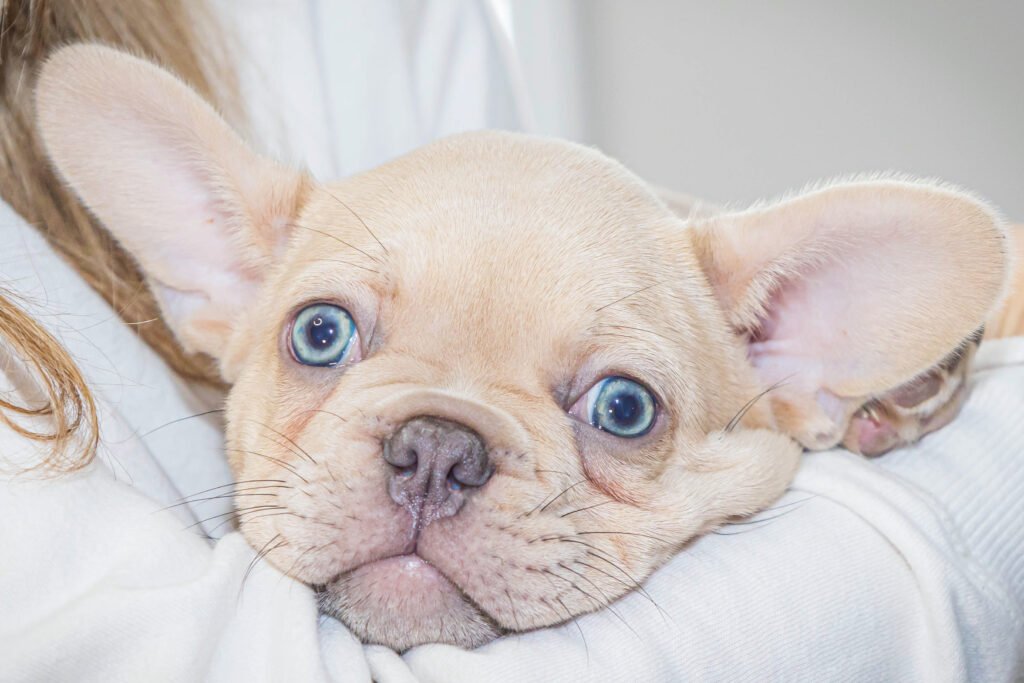
Stud Fees
Stud Fees for a French Bulldog can vary quite a bit. You can expect to pay a premium for rare colors, long hair, C3 or CDDY clear Frenchies. The more familiar you are with the genetics, you can better determine if these premiums are proven to improve your litter or not. DM was once widely believed to result in a healthier litter, but today’s research shows that to be false. Some breeders still attempt to capitalize on this and most will argue in favor of whatever DNA their stud happens to carry. Educating yourself on genetics is the best way to select a stud that is right for your breeding program. You may also want to consider registration status and ensure you are not paying a premium for registration if it is not possible with your litter.
You can learn more about this below and if you’re looking for a great healthy stud at a reasonable price, we can ship semen overnight anywhere in North America. We greatly appreciate your support. Learn more about our Shipping Process.

